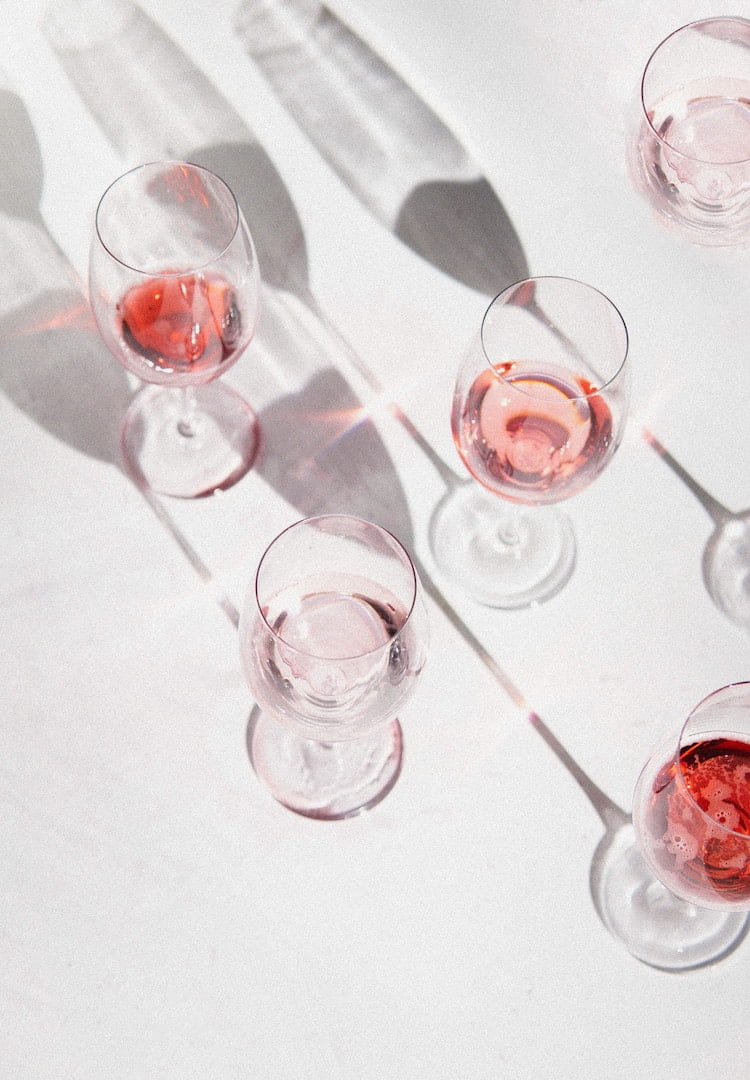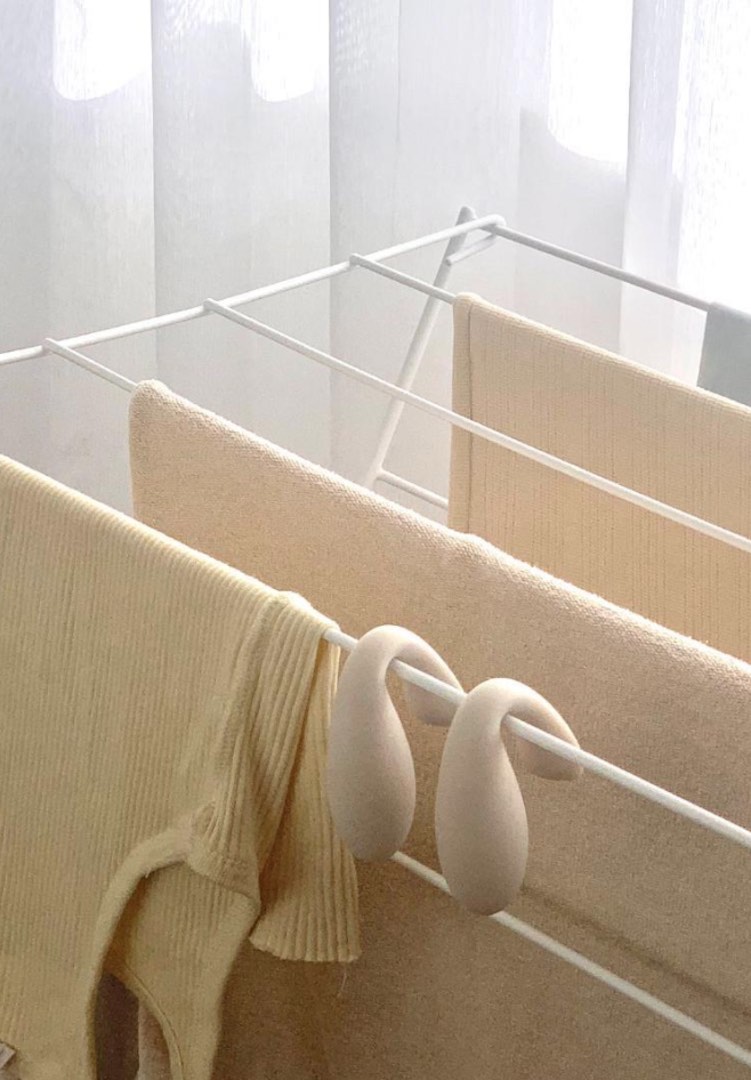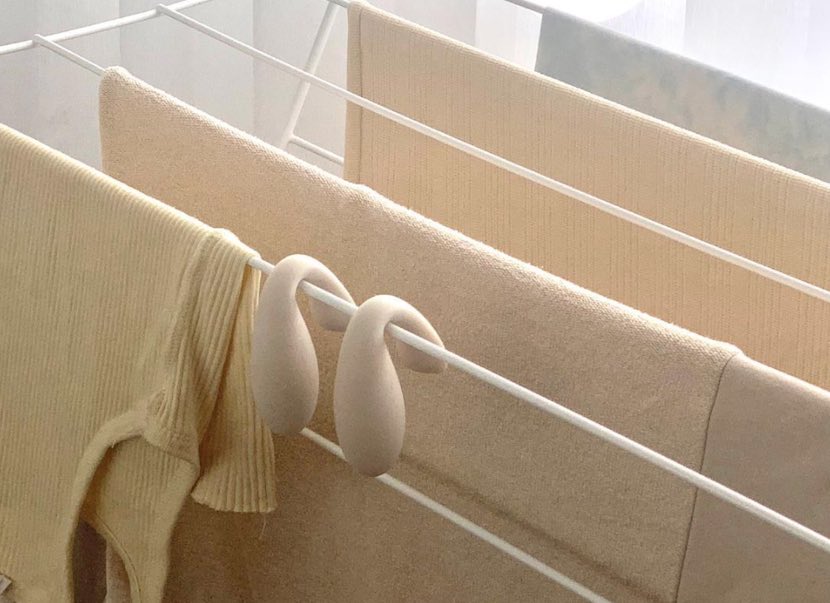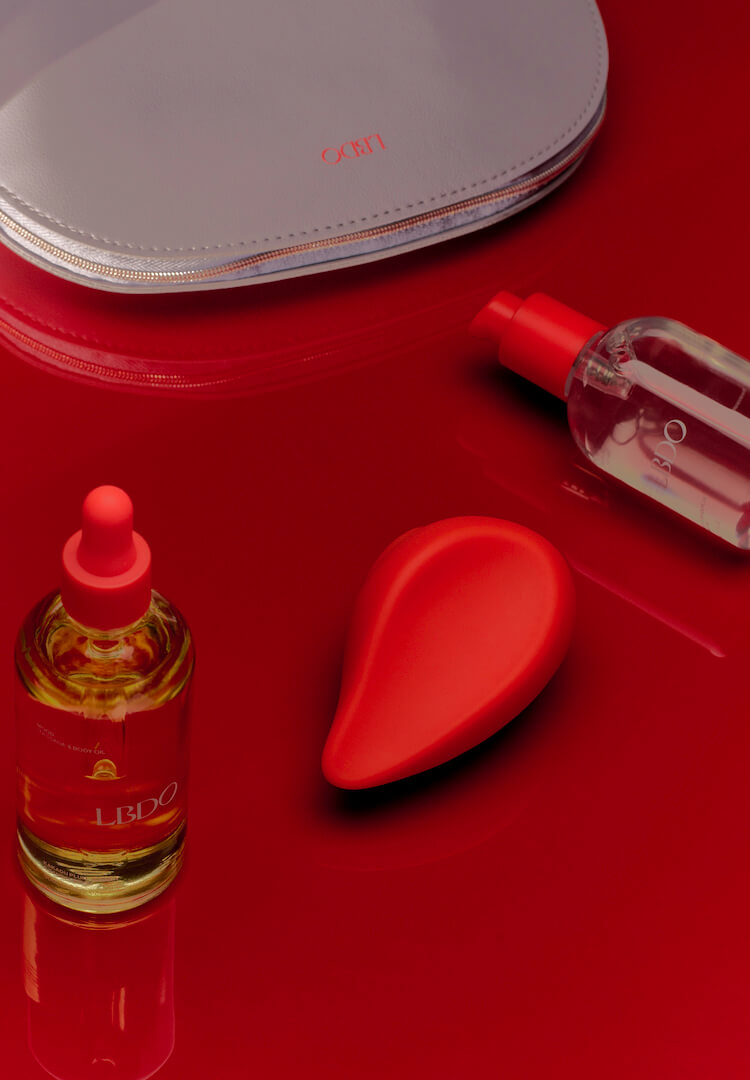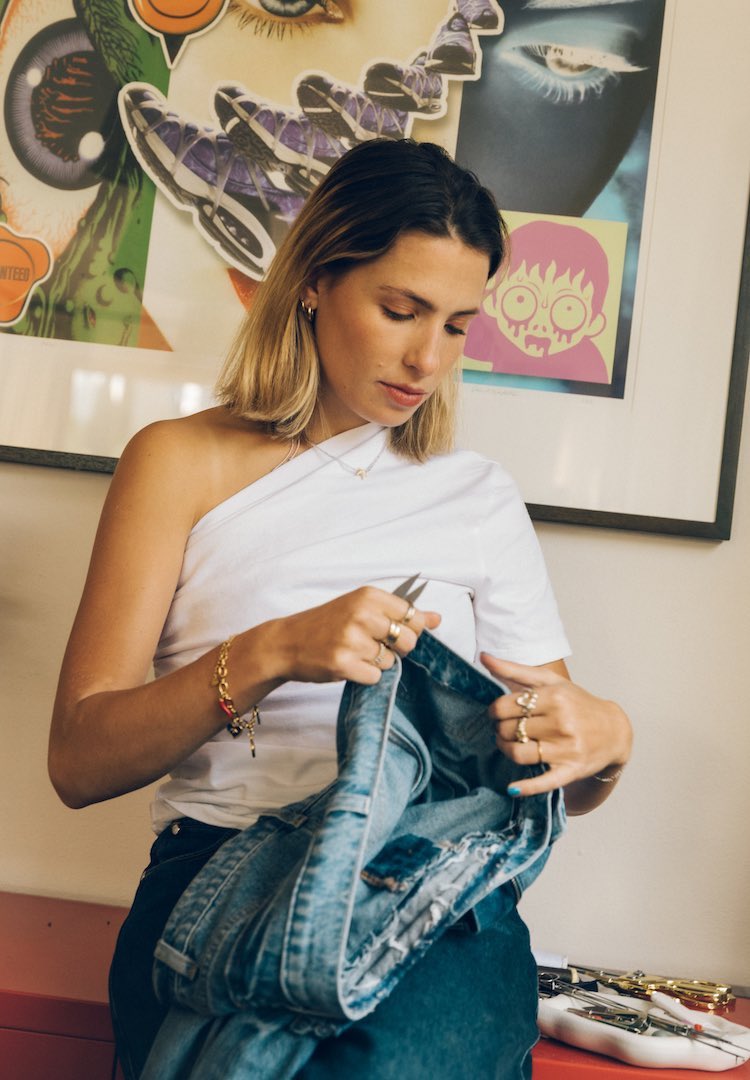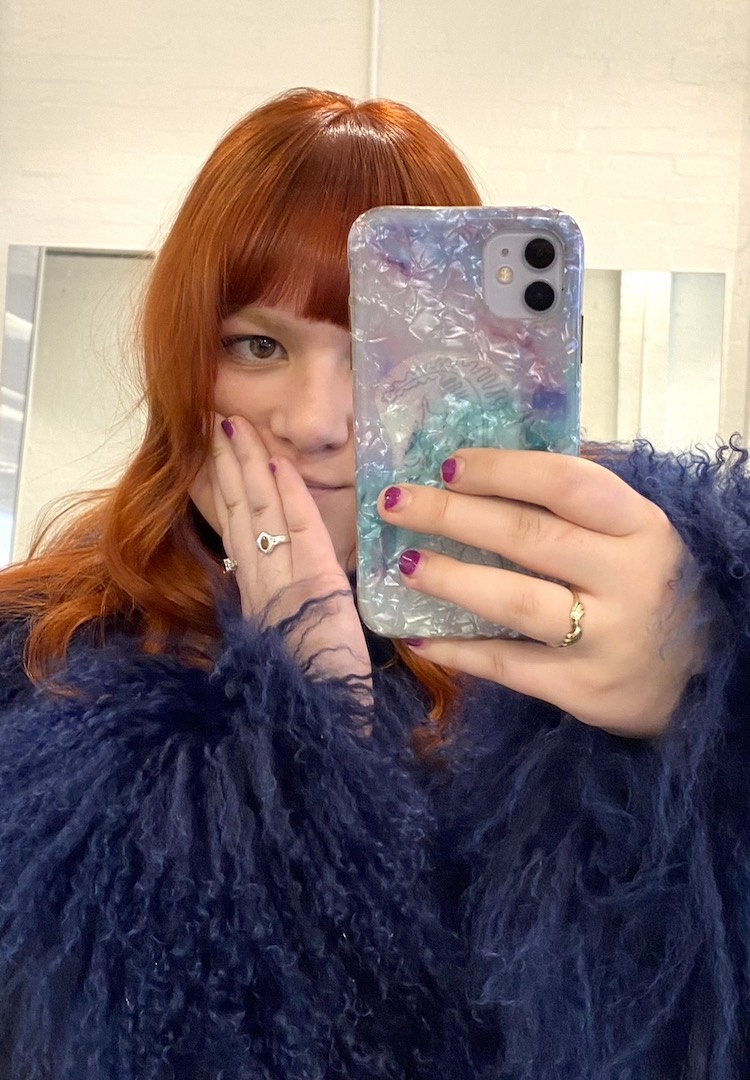This Australian brand is accepting your old sex toys in the name of environmentalism
WORDS BY GENEVIEVE PHELAN
A whole new era of pleasure (again).
The sex wellness industry’s boom in the last few years has seen huge leaps for pleasure and intimacy, but what about sustainability? A playing field that was largely untouched or challenged for decades became a clear opportunity for innovators and thought-provokers to shape better experiences for everybody and every body.
But the waste produced in the process has been tucked under the proverbial covers. Luckily, some brands are switching the lights on and addressing the problem at hand.
For more sex advice, head on over to our Life section.
They’re building out a new blueprint for how to manage this recent groundswell of production, while encouraging mindful and informed purchases in the first place. Like a lot of decisions in life and how they intersect with our environment, education is key.
Where do our sex toys go right now in Australia?
Even sustainability blogger, writer and educator Kate Hall’s knowledge on sex toys is self-professedly limited. But when I asked her thoughts on the issue, she was still very aware of the waste they’re producing.
“… Materials and components used to make pleasure tools [are] nearly impossible to recycle and not really something that you’d be comfortable reusing. I think it’s a huge issue as they’re all pretty much destined for landfill. These tools have relatively short lifespans, and can’t be repurposed easily.”
Kate’s perspective on who to support in the ring comes down to speaking more and more about these challenges, and bolstering the people who are taking strides to lessen the environmental impact of the industry.
“We can support brands in the beauty and wellness space as a consumer by purchasing products from those good brands. Even if your product that you’ve used for years and years is your favourite, be brave to try different things that are from different companies – those that are doing better for the environment, for the people that make their products, and for you.
“I know sex is a very taboo topic, but just having more conversations about these things (about sex toys and environmentally-friendly intimacy) is important.”
Apparently, there’s actually no tangible data on how many sex toys go to waste each year. But when tens of thousands are being sold each week, with new up-and-coming brands launching onto the increasingly-crowded scene, we can deduce the total number would equal a lot.
This is compounded by the lack of any meaningful large-scale recycling program in Australia dedicated to the reincarnation of vibrators and adjacent tools.
Unless you’re specifically looking for information about recycling sex toys (which if you’re me, you’re likely not), you will be blissfully oblivious to it.
Unfortunately, the vast majority of toys will inevitably end up in landfill after they’ve had their heyday of pleasure play.
What actually is e-waste?
E-waste refers to electronic products that aren’t functional anymore, according to Alisha Williams, the founder of Australian sexual wellness brand Rosewell. A lot of products that fall under this category (like computers or gadgets) have meaningful national recycling programs readily available at places like Officeworks.
“Sex toys are classified as biohazards as they come into contact with bodily fluids, and it’s understandable that not everyone is willing to touch these products. This leads to few alternatives,” explains Alisha.
“Consumers are advised to contact their local council to find out recycling requirements and take them to the appropriate location – a time consuming and often frustrating experience. Many people aren’t comfortable openly discussing sex toys either, so it’s asking a lot of them. The result? Sex toys that can be wholely recycled with valuable materials are left in landfills, often with toxic chemicals leaching out.”
Well then. What you initially thought was an occasionally-used ‘quickie’ is actually existing for eons out there in the great abyss. But it’s hard to discern how long our pleasure tools will last for, what ones are of the best possible quality, and how we can better shop for ones that will prevail. I asked Alisha for her advice when picking a new bedside companion.
“There’s a balance between price point and quality (like most consumer electronic products). Investing in a product made of high-grade materials, rechargeable long-lasting batteries and components that can be recycled is a great start.
“Offering short-term swap back policies is also good, but encouraging high-volume purchasing isn’t sustainable, either. Choosing brands that have values alignment, such as sustainability, often means great consideration to the longevity of a product has been undertaken including before and after they are used.”
What if we don’t like the toy we buy?
For Rosewell, customers are encouraged to use a free recycling program if a vibe isn’t what they’ve anticipated. If the product has been sent back to them within 24 months of purchase, they offer customers a new one for feedback on how to improve.
“This allows us to continuously optimise what we’re producing, ensure no toys end up in landfill, and our customers are making an investment once that lasts years and years. If you purchase a toy and immediately it doesn’t feel right, is too loud, feels cheap or doesn’t work how you’d expected, consider contacting the store. Investing in goods designed for your intimacy should feel great.”
Now, Rosewell is set to become circular in a momentous step for the sexual wellness industry’s sustainable footprint. It’s pledged to receive any old or inactive sex toy – with absolutely no purchase necessary – to repurpose and recycle pleasure tools of the past.
When someone sends Rosewell a bygone vibrator (from any brand), the team will cover the cost of standard shipping using carbon-neutral Australia Post or Sendle (depending on pickup and dropoff options). Additionally, the associated costs with delivering and recycling the toys through an accredited and licensed provider is covered by Rosewell, too.
It’s also accepting empty bottles of its own creation, The Oil’, from customers who have loved and lubed through three bottles minimum, granting a 10 per cent refund of cost in their next purchase.
Then, the received bottles will be sanitised and used for refilling, or circulating back into new packaging production. It’s all set to kick off around February 2022, when all of the brand’s packaging will be made from 100 per cent recycled paper in continuation with its existing zero plastic, fully recyclable guidelines.
“The endgame is to ensure no Rosewell product ends up in landfill. We’re investing in our environment and making it easy for everyday people to recycle their sex toys. We’re able to minimise landfill waste, regardless of brand, from degrading in landfills for hundreds of years. That feels pretty special,” says Alisha.
To find out more about Rosewell’s recycling program, head here.

